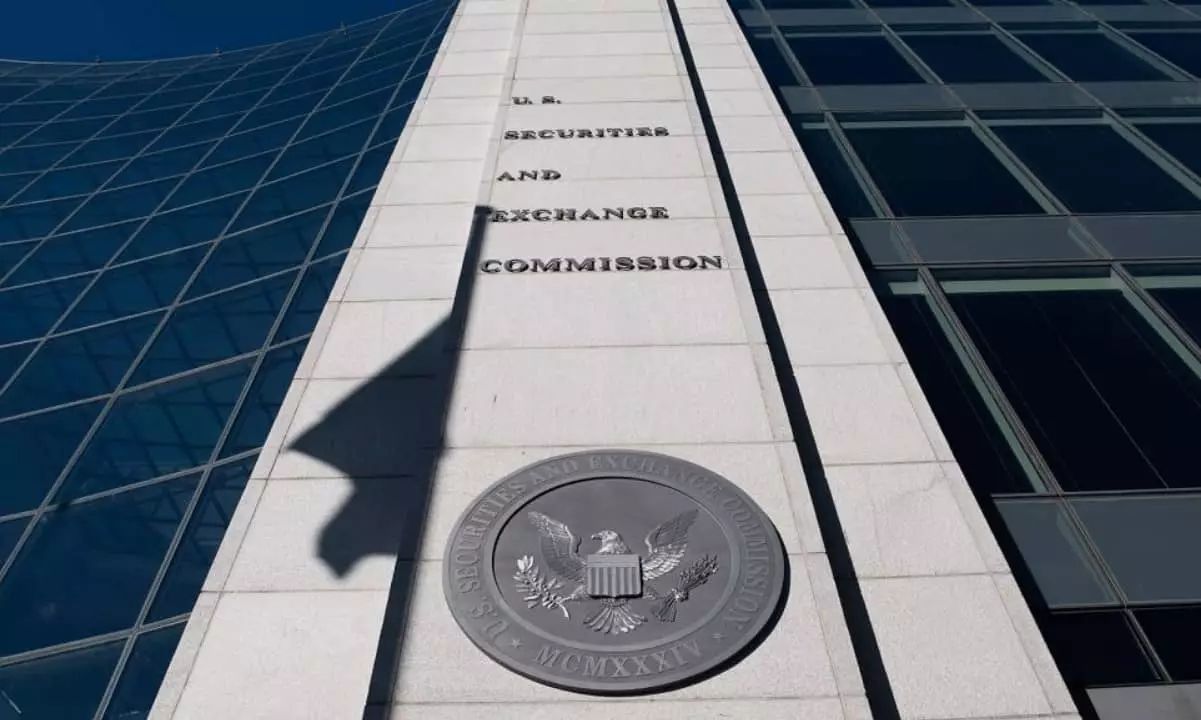In a pivotal move on May 29, the SEC’s Division of Corporation Finance revealed its stance regarding staking involved with proof-of-stake networks. The determination that protocol staking activities do not classify as securities offerings marks a watershed moment for the cryptocurrency sector. With this clarity comes the assurance that these staking activities—ranging from self-staking to custodial arrangements—do not necessitate registration under federal securities laws. This bold stance significantly eases regulatory burdens and could catalyze further innovation in an industry desperately yearning for guidance.
Decoding the Howey Test Application
Applying the Howey test to staking activities illuminates the SEC’s rationale. The SEC posits that staking does not hinge on the entrepreneurial efforts of others—an essential criterion to classify something as a security. In staking, rewards are accrued from administrative tasks rather than managerial ambitions, which implies that participants are largely self-reliant in their quest for rewards. This perception challenges the long-standing narrative that the crypto market is a breeding ground for speculative investments, positioning crypto staking instead as a service-oriented endeavor. By recognizing this distinction, the SEC has forged a path that liberates participants from unnecessary regulatory encumbrances.
The Ripple Effect on the Crypto Landscape
Industry leaders have welcomed this ruling with open arms, viewing it as a vote of confidence for the future of staking in the cryptocurrency market. CoinFund’s President, Christopher Perkins, emphasized this newfound clarity, which he views as an encouraging shift towards a more sustainable and transparent cryptocurrency ecosystem. Furthermore, ETF Store President Nate Geraci’s remarks on the ruling facilitating spot Ether ETFs underline the potential for market expansion. This ruling not only increases investor confidence but also aligns with a broader movement toward mainstream adoption of digital assets.
Bipartisan Regulatory Framework: A Step Forward
In conjunction with the SEC’s announcement, the introduction of the “Digital Asset Market Clarity Act of 2025” signifies an important step toward regulatory harmony. This bipartisan initiative aims to delineate the responsibilities of the SEC and the Commodity Futures Trading Commission (CFTC), clarifying which agency governs crypto assets. House Committee on Financial Services Chairman French Hill aptly described the bill as vital for prioritizing consumer protection while promoting innovation. This is an encouraging sign that legislators are taking note of the need for a coherent regulatory framework—an essential foundation if the United States aspires to reclaim its mantle as the global leader in the digital assets marketplace.
A Call for Balanced Regulation
While the movement towards clarity and structure is commendable, there remains a pressing need to strike a balance between consumer protection and innovation. It would be shortsighted for regulators to impose overly stringent rules that could stifle the growth of promising technologies. The cryptocurrency landscape is dynamic, filled with potential, and if lawmakers are genuine about fostering progress, a thoughtful, flexible regulatory approach is imperative. The challenge lies not just in establishing rules but in crafting an environment where innovation thrives alongside prudent oversight, ensuring the U.S. remains at the cutting edge of the digital economy.
















Leave a Reply